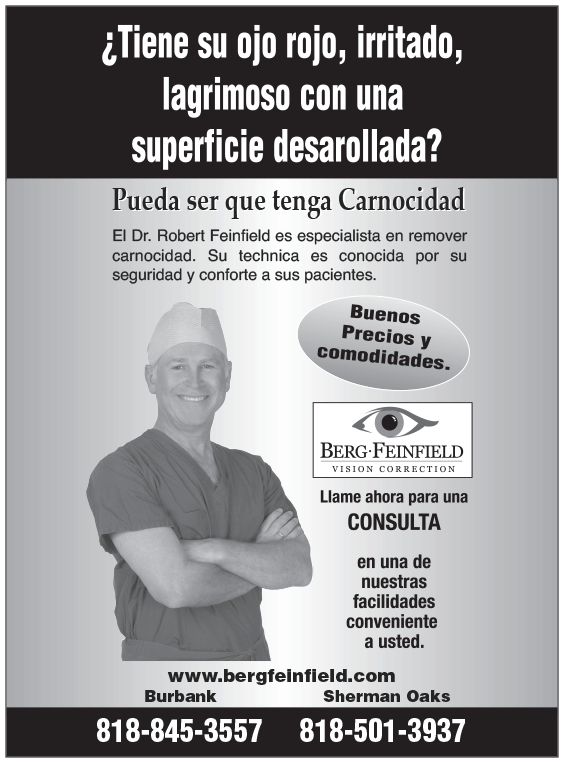Pterygium
Beverly Hills Pterygium Treatment
Pterygium or Pingueculum
Do you have an unsightly, yellow, or red, irritated growth on the surface of your eye? Does your eye tear, burn, or have a chronic gritty foreign body sensation?
You may have a Pterygium or Pingueculum. A Pingueculum is an elevated often yellowish growth on the white of the eye. A Pterygium is an inflammatory, fibrovascular growth that extends from the white (sclera) of the eye on to the cornea. They also occur most often in the horizontal axis from the nasal portion of the eye to the cornea; the lens overlying the iris (the colored part of the eye).
Though genetics may play a role in the development of these growths, environmental exposures to wind, dust, allergens, and particularly the sun (ultraviolet radiation) are important risk factors. Chronic inflammation can lead to enlargement of these lesions along with redness, tearing, itching, and general discomfort. They can make wearing contact lenses uncomfortable. They can grow on to the visual axis resulting in scarring and astigmatism (irregular shape of the cornea) and ultimately to loss of vision. In very rare instances they can degenerate into malignancy, and are cosmetically unattractive.
How do you Treat Pterygium?
Pingueculae and Pterygia can be initially treated with lubricants such as artificial tears. Medications such as non-steroidal and steroid drops are also often used to suppress swelling and inflammation. However, if the lesion continues to cause bothersome symptoms or demonstrate persistent growth, surgery is often indicated.
Microsurgery of these growths can now be done very safely and comfortably. Utilizing local/topical anesthesia and mild sedation, these lesions can be removed as an outpatient in our eye surgery center. Current techniques have enabled us to remove pinguecula and pterygia with virtually no pain or discomfort and result in an excellent outcome with very low risk of recurrence. With the use of amniotic membrane grafting (the inner lining of the placenta) placed on the area of removal with a biologic glue avoid’s the use of sutures. Along with anti-inflammatory medication, the results and comfort have been outstanding. In some instances where lesions are very inflamed or have recurred from prior surgery, the conjunctiva (the mucous membrane lining of the eye) can be harvested and moved to another part of the eye to assist in healing and prevent a recurrence. Sometimes both amniotic membrane and conjunctiva are used.
Postoperatively patients are patched overnight and then placed on antibiotic and anti-inflammatory drops for one week. Thereafter mild, very safe steroid drops are used for a few weeks in a tapering dose.
In the past, doctors were often reluctant to recommend surgery for these growths due to patient discomfort and high recurrence rates. Today our techniques have provided a very comfortable experience with very low recurrence rates.
Pterygium Brochure English Pterygium Brochure Spanish









